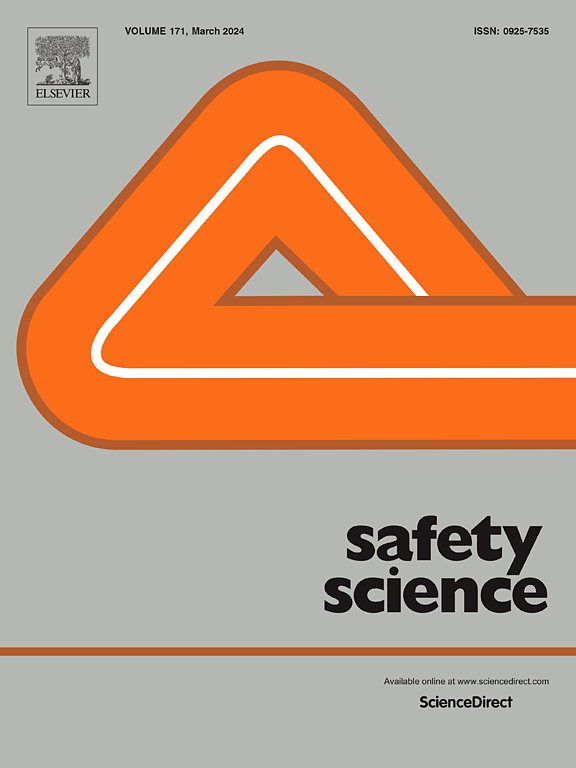The never-ending nightshift: Insights into organisational adaptation during COVID-19
IF 4.7
1区 工程技术
Q1 ENGINEERING, INDUSTRIAL
引用次数: 0
Abstract
Air traffic control organisations played a crucial role during the COVID-19 pandemic, working to ensure the safety of the air traffic that continued to operate, despite the significant decrease in the number of flights. Air traffic control organisations implemented various measures to address the pandemic’s challenges and these measures maintained high levels of safety and operational efficiency whilst reducing the risk of virus transmission among staff. This paper uses unique access to interviews with senior decision makers, organisational data and industrial insights to explore the adaptations that occurred to air traffic control in the UK to manage the unprecedented crisis. The application of Critical Decision Method (CDM) paired with a set of adaptation factors is used to explore and help understand this organisational response and the synthesised results form a unique narrative of safety–critical decision-making under uncertainty. The paper presents valuable insights for human factors practitioners on how adaptation is an essential component of safety management in complex sociotechnical systems and provides examples of practices that could be applied in other domains. Furthermore, the paper sets out how balancing adaptive forces provide a possible explanation of adaptive capability in organisations and suggests a future direction for safety management practices.
求助全文
约1分钟内获得全文
求助全文
来源期刊

Safety Science
管理科学-工程:工业
CiteScore
13.00
自引率
9.80%
发文量
335
审稿时长
53 days
期刊介绍:
Safety Science is multidisciplinary. Its contributors and its audience range from social scientists to engineers. The journal covers the physics and engineering of safety; its social, policy and organizational aspects; the assessment, management and communication of risks; the effectiveness of control and management techniques for safety; standardization, legislation, inspection, insurance, costing aspects, human behavior and safety and the like. Papers addressing the interfaces between technology, people and organizations are especially welcome.
 求助内容:
求助内容: 应助结果提醒方式:
应助结果提醒方式:


